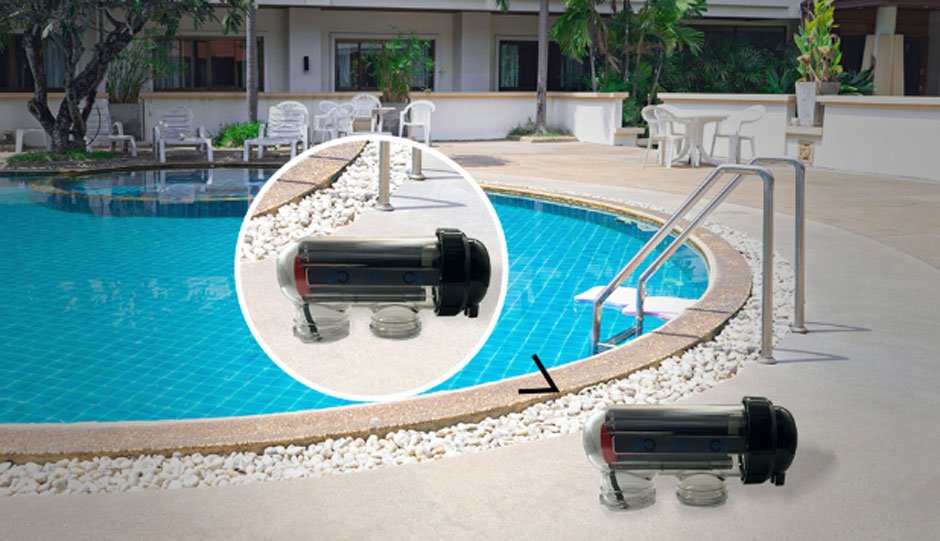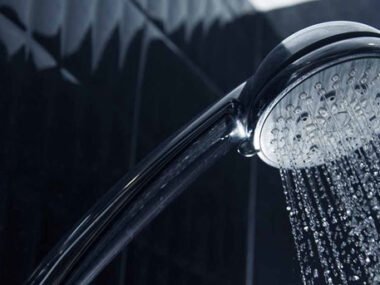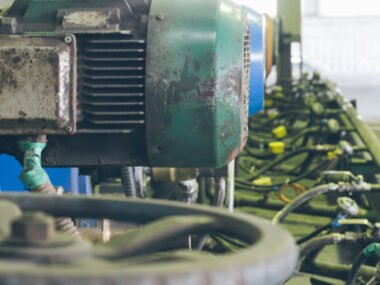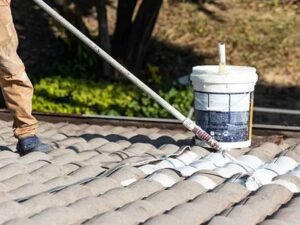
Saltwater pools are a popular choice for homeowners because they feel gentler on the skin, use lower levels of chlorine, and require fewer chemicals. The key part of a saltwater system is the salt water pool chlorinator cell. This device turns salt into chlorine through a process called electrolysis, which helps keep your pool water clean and safe. This small device plays a big role in making sure your pool stays clean and your swimming experience stays enjoyable. However, like any pool equipment, the salt water chlorinator cell doesn’t last forever. Knowing why pool salt cell replacement is important for keeping your pool in good condition and avoiding water quality issues is crucial.
Tell-Tale Signs Your Salt Chlorinator Cell Needs Replacement
Your pool’s chlorinator cell plays a vital role in keeping the water clean and safe by converting salt into chlorine. However, like any pool equipment, the pool chlorinator cell has a limited lifespan. Recognising the signs that indicate replacement of chlorinator cells can save you time, money, and frustration while ensuring your pool stays in top condition. Here are the main signs that your pool chlorinator cell may need to be replaced:
- Low Chlorine Production: One of the most common signs is a drop in chlorine levels even when the chlorinator settings are correct. If your pool isn’t staying clean or algae is starting to form, your salt water pool cell might not be producing enough chlorine. This can happen because calcium and mineral deposits build up on the cell over time, blocking its ability to function. Cleaning the cell regularly can help, but if chlorine levels don’t improve after cleaning, it could mean the cell is worn out and needs replacing.
- Error Messages on the Chlorinator: Many modern pool chlorinators come with digital displays that show error codes when something is wrong. Common messages include “Low Salt” or “Cell Failure.” If you’ve checked salt levels, cleaned the cell, and still see error messages, it’s a clear sign the cell is failing. Ignoring these warnings can lead to poor pool water quality and costly repairs later on.
- Poor Water Quality: If your pool water becomes cloudy, green, or develops an unpleasant odour, it often points to inadequate chlorine production. Before assuming the cell is faulty, check that salt levels and chlorinator settings are correct. If everything is set properly and water quality remains poor, the salt water pool cell could be the problem and might need replacement.
- Reduced Water Flow: Calcium buildup can also block water flow through the chlorinator cell, reducing its efficiency. If you notice lower water flow even after cleaning the cell, this may indicate the cell is damaged or clogged beyond repair. Proper water flow is essential for chlorine production and overall pool health.
- Physical Damage and Wear: Inspect the pool chlorinator cell regularly for visible signs of damage such as cracks, corrosion, or worn metal plates. Even small cracks can cause leaks and reduce the cell’s effectiveness. Corrosion or worn parts are signs that the cell has reached the end of its lifespan.
Key Maintenance Steps After Installing a Chlorinator Cell
After installing a pool chlorinator, regular maintenance is essential to keep it working efficiently and to extend its lifespan. Following these simple steps will help ensure your chlorinator runs smoothly and your pool stays clean and safe:
- Regularly Check Salt Levels: Keeping your pool’s salt concentration within the recommended range is one of the most important parts of maintaining your chlorinator. If the salt level falls below this range, your chlorinator may not produce enough chlorine, which means your pool won’t stay properly sanitised.
- Clean the Chlorinator Cell Regularly: Calcium and mineral deposits can build up on the chlorinator cell, reducing its efficiency and chlorine production. Most manufacturers recommend cleaning the cell every 3 to 6 months, depending on your water hardness and pool usage. Regular cleaning helps prevent buildup and keeps the cell working at its best.
- Inspect the Chlorinator for Damage: Regularly check the salt water pool chlorinator and cell for physical damage such as cracks, corrosion, or worn parts. Addressing small issues early can prevent costly repairs or the need for premature replacement.
- Maintain Proper Water Flow: Good water flow through the salt water pool chlorinator cell is essential for efficient chlorine production. Make sure your swimming pool pump and filter are working well, and clean the skimmer and pump baskets regularly to avoid blockages.
Replacing your pool’s salt cell starts with choosing one that’s fully compatible with your existing chlorination system. Every pool is different—factors like size, shape, plumbing setup, and usage patterns all impact what type of salt cell you need. Always check your system’s manual or consult a pool professional to ensure you’re selecting the correct model. A pool builder in Albury can help choose the right design that matches your pool’s unique needs. The right design also ensures efficient chlorine production, better water quality, and smooth system operation, helping you enjoy a clean, low-maintenance pool all year round.
Conclusion
Chlorinator cell replacement at the right time ensures your pool remains clean, safe, and enjoyable. A failing cell can lead to higher chemical costs, more frequent maintenance, and poor water quality that could affect swimmers’ health. Regular maintenance can extend the life of your equipment. When you notice these signs, consult with a pool professional who can confirm if a replacement is needed and help you choose the right cell for your system.









